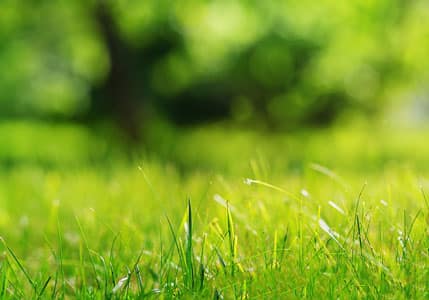Tall fescue strengthens grassland in dry summers
- Forage legumes, Innovation
The increase in the frequency of dry summers makes it necessary to find forage species that are robust and resilient, but also flexible and adaptable. Tall fescue is one of these hardy species that deserves to be considered. A genuine all-purpose plant, its resilience is adapted to climate change, with good productivity results.
Deep roots and resistance to high temperatures
“Tall fescue offers an excellent response to dry weather, especially thanks to its roots, which draw water up from more than a metre deep – while the rhizosphere of ryegrass does not go beyond 40 cm”, explains Antoine Bedel, an expert in forage and soil and health plants. Suitable for all types of soil, this forage grass also has the advantage of maintaining its productivity over the seasons, unlike dactyl, for example, whose production potential declines after five years.
In hot weather, tall fescue continues to be an asset. It remains green at up to 35 °C without senescence; while English ryegrass, for example, stops growing as soon as temperatures exceed 25 °C.

Genetic selection improves palatability and digestibility
Despite these advantages, tall fescue is often considered a low-quality forage crop: rigid, not very digestible, unappetising. A tall fescue breeder since 1970, RAGTchooses its varieties according to the flexibility of their foliage. The high rigidity of the fescue leaf comes from its silica content. To improve palatability and digestibility, genetic selection aims to reduce this concentration. Thanks to a 2% increase in digestibility, for example, dairy production increases by 1.6 kg of milk per day!
Every ten years, RAGT genetic selection gains 1 point in flexibility, i.e. a 6% increase in digestibility. “Our goal is to select tall fescue species whose nutritional quality is as close as possible to that of ryegrass,” continues Antoine Bedel. Disease resistance is also an area of genetic research, with major work on rust for example. Selection teams are also working to develop the late cropping character of the species, with the aim of extending its growing period and gaining 7 to 10 days of additional green shoots that can be used for livestock.
Hardy and increasingly appetising, tall fescue will play its part in adapting grassland to drier summers.

